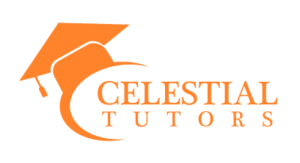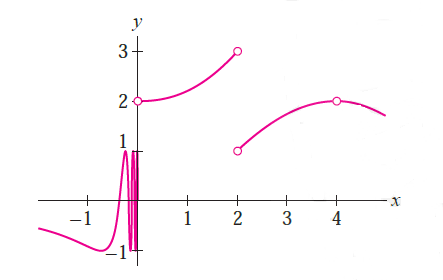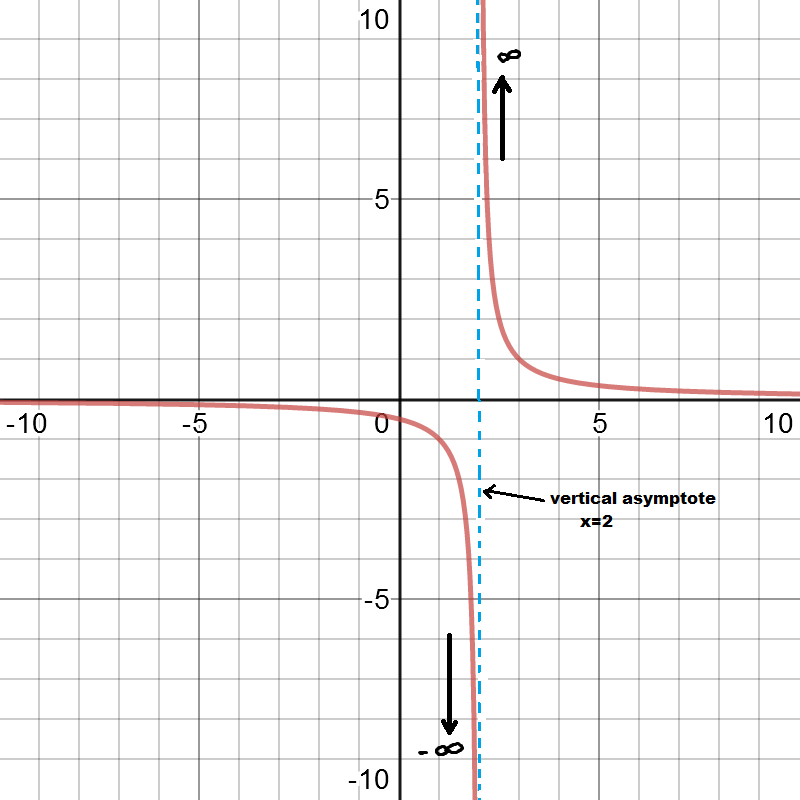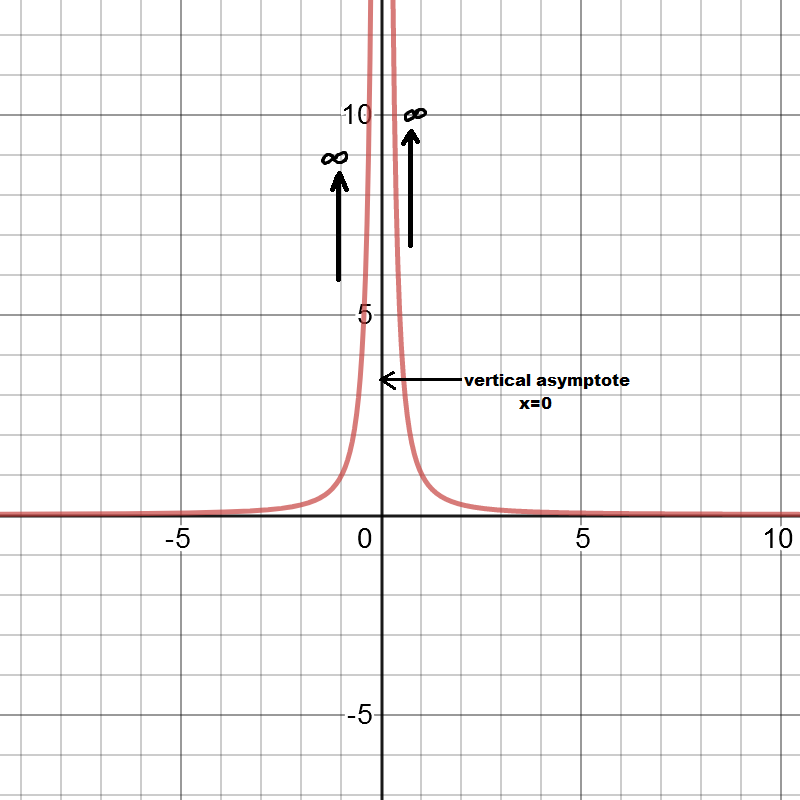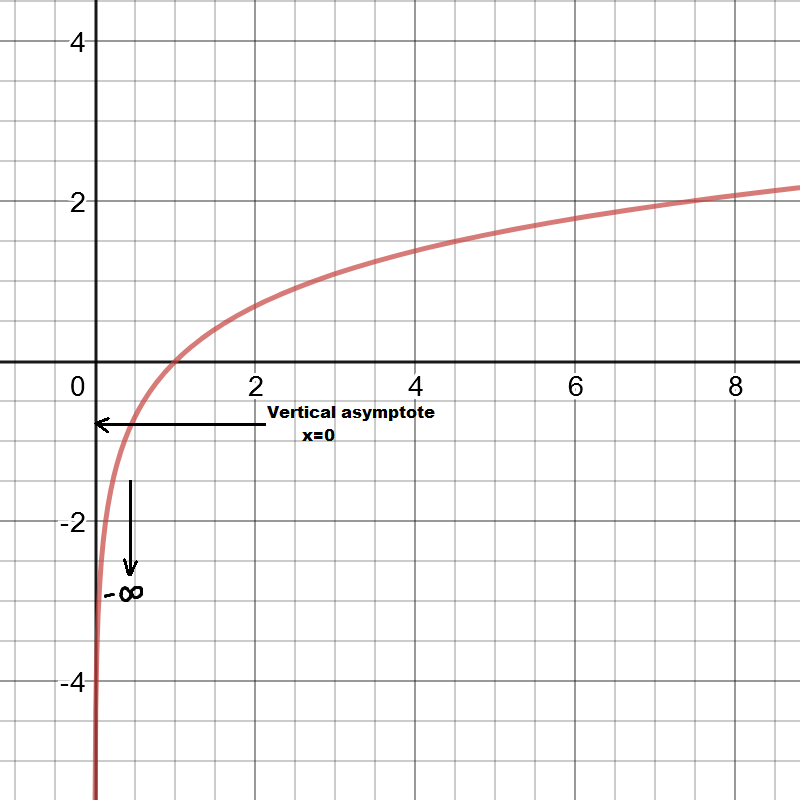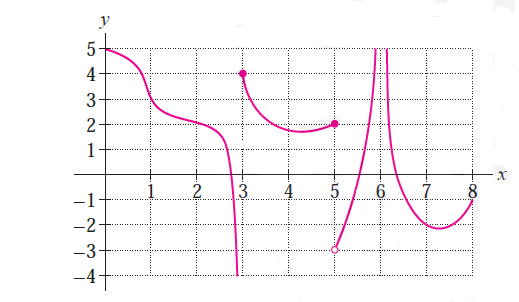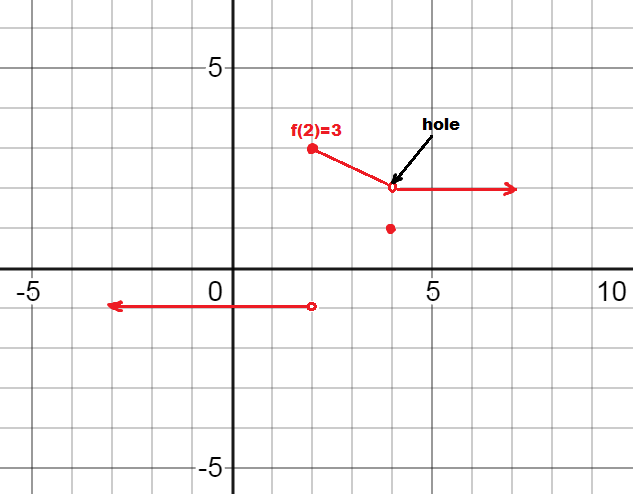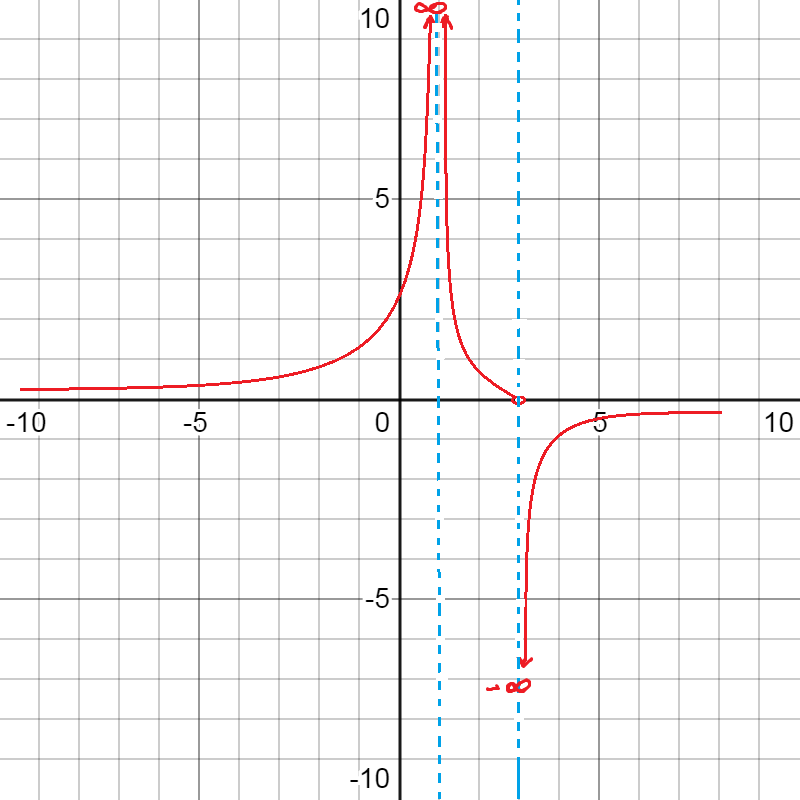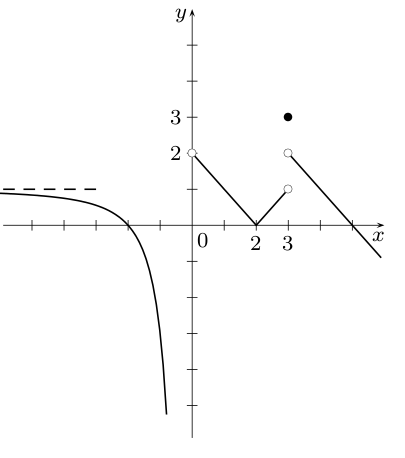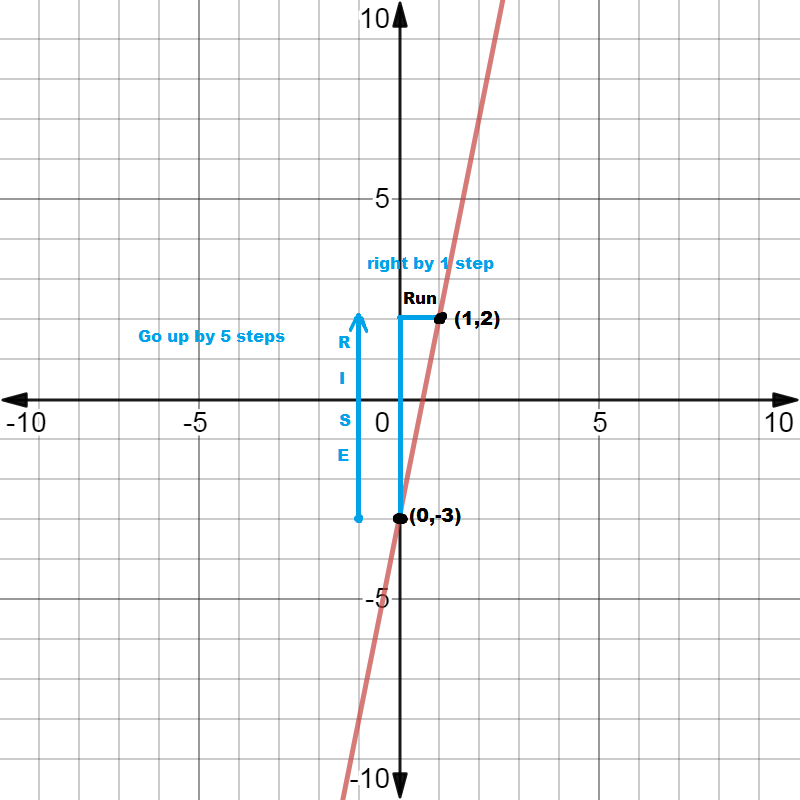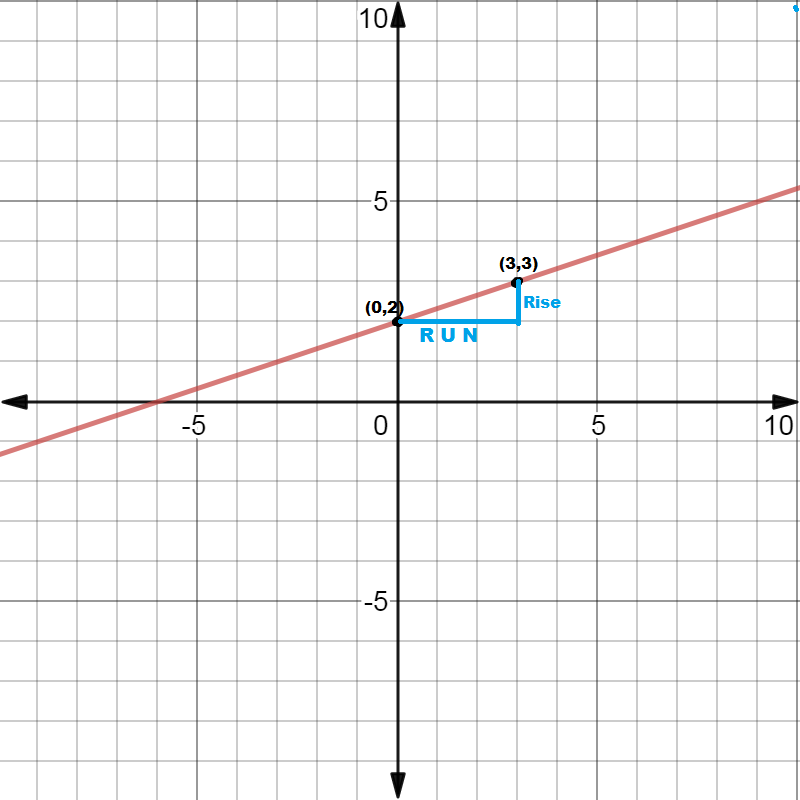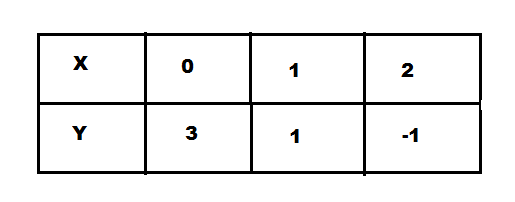One sided Limits from graphs
How to find limits from graphs
Sometimes it is important to investigate and work on one sided limits because a limit exist only when left and right sided limits exist separately and are same. When we approach to x from lesser values (left side) then it is called left sided limit and when we approach to x from greater values (right side) then it is called Right sided Limit.
At holes left and right sided limits exist and are same but the function is not continuous there.
lets work on some examples where we find limits from the given graph.
Example1:The function f(x) in given graph is not defined at x=0,2,4. Investigate the one and two sided limits at these points.
Solution: At x=0,
Left hand limit
left side limit at x=0 doesn’t exist because function oscillates infinitely towards left of 0.
Right hand limit
since both limits are not same so limit doesn’t exist at x=0
At x= 2
left hand limit
Right hand limit
Both one sided limits exist separately but not equal so limit does not exist (DNE) at x=2
At x=4
left hand limit
Right hand limit
Both one sided limits exist at x=4 and are equal , so limit exist at x=4
Infinite Limits:
Some functions f(x) tends to +∞ or -∞ when x approach to a value c, then does not exist and we say f(x) has an infinite limit. One sided limits can be infinite limits. More precisely we write it as,
When f(x) approach to ∞ or -∞ from one or both sides then line x=c is called Vertical Asymptote.Limits does not exist at vertical asymptotes.
Here is an example to understand this concept graphically.
Example2: Investigate one sided limits graphically.
a)
Observing the graph , we find that y values are approaching to -∞ as we move closer to x=2 from left side and y values are approaching to ∞ as we move closer to x=2 from right side.
Both one sided infinite limits are not same. That means limits does not exist at x=2
b)
Looking at the graph,we find that y values are approaching to ∞ when we move closer to x=0 from both left and right sides.
That means both one sided infinite limits are same. But infinite limit itself does not exist therefore limit doesn’t exist at x=0
c)
Natural log (ln) is not defined for negative values so its domain is (0,∞). Looking at the graph we find that y values are approaching to -∞ when we move closer to 0 from right side. Only one right sided limit is possible, which doesn’t exist being infinite limit. So x=0 is a vertical asymptote and limit does not exist here.
Find limits from the given graph.
Example3: Determine the one sided limits of the function f(x) at points x=1,3,5,6 in the following graph.
Solution; At x=1
Function is defined and continuous at x=1. Both left and right sided limits approach to same number(3), so limit exist here.
At x=3
As we move closer to 3 from left , y values approach to -∞ whereas y value is 4 as we move towards 3 from right.
At x=5
At x=6
Both left and right sided limits are infinite limits where y values approach to ∞ from both left and right sides of x=6. therefore x=6 is vertical asymptote here.
Sketching graphs from given limits
Example 4: Sketch the graph of a function with the given limits.
Solution:
From first two limits, we conclude that both left and right limits are different when x is approaching to 2. That means graph is approaching to 3 when x values are approaching to 2 from right side. Also function value is 3 at x=2.
Graph is approaching to -1 when x values are approaching to 2 from left.
Limits exist at x=4 and is equal to 2, that means both left and right sided limits are approaching to 2 when x values are approaching to 4 from left and right sides. But function value is not same as limit at x=4 which means there would be a hole at x=4. Gathering all the information above , we get the following graph.
Example 5: Sketch the graph of a function with the given limits.
Solution:
From first limit we note that there is vertical asymptote at x=1 and graph is approaching to infinity from both left and right sides of x=1.
left and right limits are not same at x=3. From left of x=3, graph is approaching to 0 and from right of x=3 graph is approaching to – infinity. Again there is vertical asymptote at x=3.
Converting all the above information into a graph, we get the following graph.
Practice problems:
- Use the given graph of function to answer each question.
a) b)
c)
d) f(3)= ?
e) f)
g)
h) f(0) = ?
2. Sketch the graph of a function with the following limits.
Answers:
1. a) -∞ b) 1 c) DNE d) 3 e) 2 f) 2 g) DNE h) DNE
